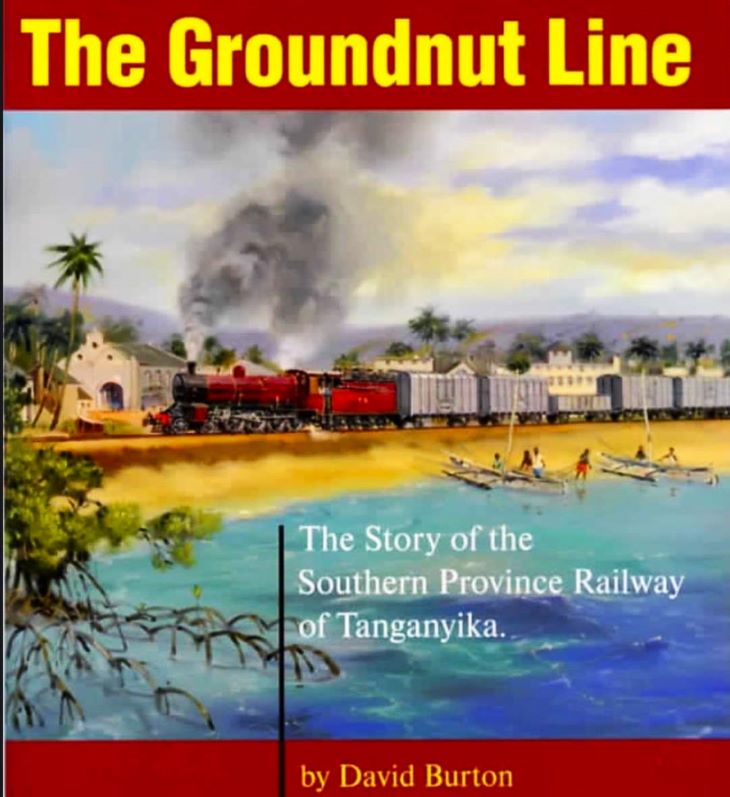Old Photo emerges to reveal mechanized farming in the Post-Independent Tanzania, 70 years ago
An old photo showing a fleet of Massey Harris Tractors on a farming estate in Kongwa District of Dodoma has just cropped up revealing how Tanzania started mechanized form of agriculture more than 70 years ago.
Behind the many tractors there were also unknown number of what looked like combine harvesting machines.
With majority of growers in the country still using hand hoes to date, experts wonder if the farming sector hasn’t taken a reversed route.
The picture, originally in black and white but colorized through Artificial Intelligence, reveals several Massey-Harris 44s tractors at a field in Dodoma during the days when this country used to be known as Tanganyika.
The photo, according to the owner, Glynn Ford could be dating back to 1948 or 1959 at what he describes to be “Number 1 Unit Kongwa!” a farm used to grow groundnuts under the Overseas Food Corporation (OFC).
The farms and the related agricultural machinery were products of the Post War British Labour Government.
The OFC on the other hand, was criticized as a white elephant project for what was being described to be ‘wastage of taxpayers’ money.’
It was described as a failed attempt by the British government to cultivate tracts of its African trust territory then known as Tanganyika.
Launched in the aftermath of World War II by the Labour Party administration of prime minister Clement Attlee, the farming project was mostly a groundnut production scheme on a projected 3 million acres.
Groundnuts grown in Tanganyika were meant to churn out the urgently needed oilseeds in the United Kingdom.
Glynn Ford explains that he worked at the Kongwa Ranch and Research Station from 1953 to 1954 and the properties are still in operation even now 71 years later.
Ford points out that many of the old agricultural projects in the former Tanganyika are still intact to these modern Tanzanian days.
The farms include the Tobacco Farms of Urambo in Tabora Region as well as those that exist at Nachingwea District of Lindi Region in the Southern parts of the country.
But he admits that no feasibility study had been previously conducted before the project was hatched.
The Aftermath
In 1949, the area in Kongwa suffered terrible drought, which decimated the crop.
Two years into scheme only 2,000 tons of groundnuts were harvested, which was less than had been imported as seed.
Additional efforts to grow alternative crops, that is sunflowers also proved futile as the plants were even more susceptible to drought.
Managers in charge of the project then turned their attention to more fertile regions in the west southern parts of Tanganyika.
The new development also crawled at a snail pace.
In the south, a whole new railway line was needed as well as a deep-water port which had to be drilled in Mtwara Region’s shoreline.
Groundnut Railway Line
The Southern Province Railway was constructed first in order to ship the crops, from the farms to Dar-es-salaam port but with poor production there was nothing to transport, so it was later dismantled.

The original target of 3 million acres was reduced to 150,000 acres, then down to 50,000 acres but in the end only 47,000 acres got cleared.
However Ford assures that ‘it was not a total failure.’ In fact some of the projects continued even after the country’s independence.
As for the pictured tractors, they were then known as Massey-Harris.
However in 1953, Massey-Harris merged with the Ferguson Company and produced the Massey-Harris-Ferguson, trademark, then later on shortened the name to Massey Ferguson (MF) in 1958.




Comments are closed, but trackbacks and pingbacks are open.